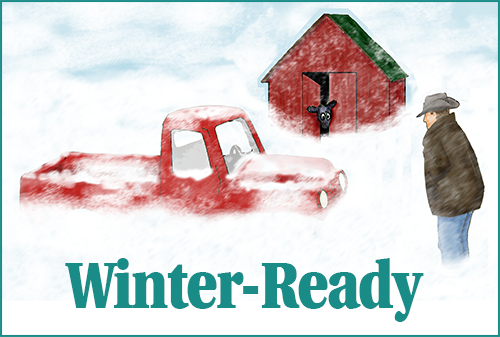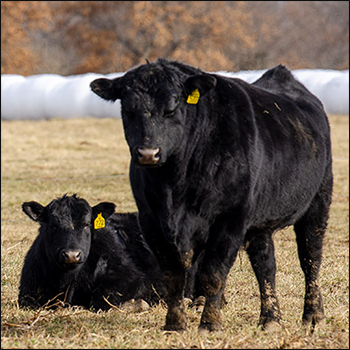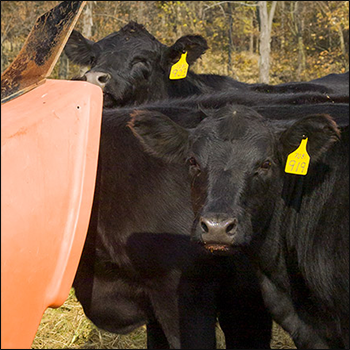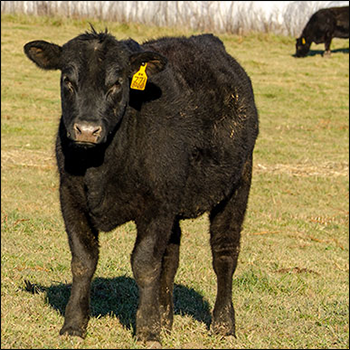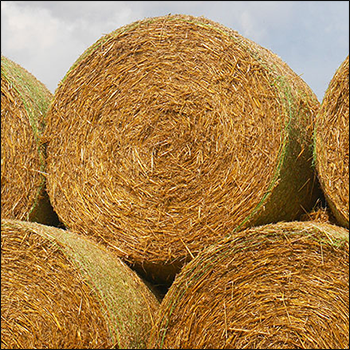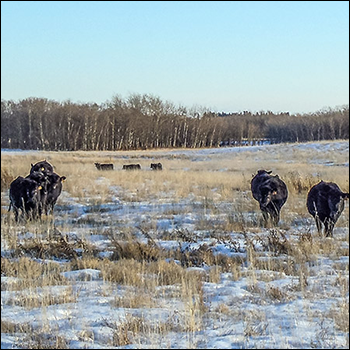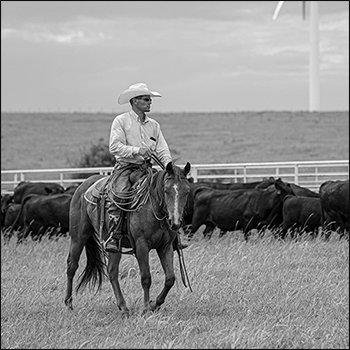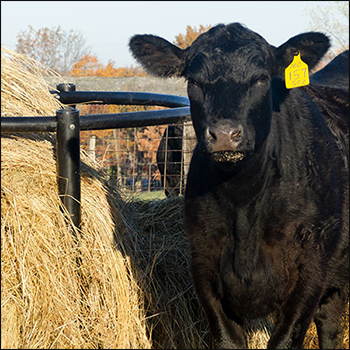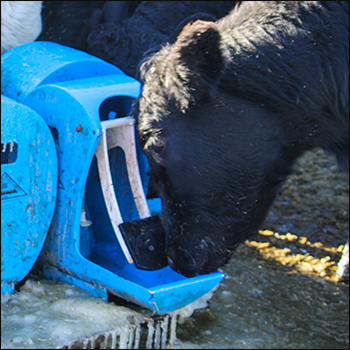Being Choosy
Selection criteria considerations for cow, calf and bull traits.
“There’s not just one way to select a bull for your ranch,” stated David Schuler as he addressed attendees at the Range Beef Cow Symposium hosted Nov. 16-17 in Rapid City, S.D. Schuler, a 2018 University of Nebraska–Lincoln grad, is the fourth generation operating Schuler Red Angus near Bridgeport, Neb., with his parents, Butch and Susan, and sister Stephanie.
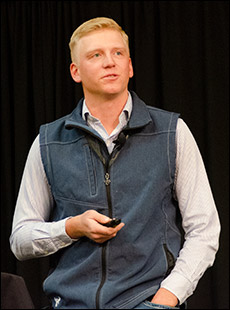 |
“There’s not just one way to select a bull for your ranch,” stated David Schuler as he addressed attendees at the Range Beef Cow Symposium hosted Nov. 16-17 in Rapid City, S.D. Schuler, a 2018 University of Nebraska–Lincoln grad, is the fourth generation operating Schuler Red Angus near Bridgeport, Neb., with his parents, Butch and Susan, and sister Stephanie. [Photo by Kasey Brown] |
Schuler explained that his family’s approach to genetic selection involves a system for evaluating three steps — the cow, the calf and the bull.
He noted that with the abundant genomic and expected progeny difference (EPD) data now available within the beef industry, genetic selection can be a similar process to the baseball movie Moneyball, in which data can help identify the best players at lower cost. He said he likes to refer to the process as “MoneyCow,” and suggested other producers can hone in on similar data to identify the ideal genetics for their own operation.
As a starting point, Schuler advised focusing on desired cow traits first. The Schulers collect data on fertility, calving ease, length of calving window, weaning rate and efficiency calculated as pounds of calf weaned per acre.
Schuler explained that data from these criteria helped the family recognize that more live calves at weaning pay, cow size affects the number of cows that can be managed on their ranch, and cows must fit their unique ranch environment and operation.
If cows fall later and later in the calving and breeding cycles, they are culled. Shuler noted his father, Butch, taught him the mantra, “If a cow won’t breed or wean a calf, selection for other economically relevant traits is futile.”
With a productive cow herd in place, the Schuler’s second focus is on desired outcomes from the calf crop. Their list of important criteria begins with payweight.
Schuler explained: “Pounds are king. Until that changes, we need to make it number one.”
Additionally, the Schulers seek attractive carcass traits that produce appropriate ribeye area and marbling for the industry — and bring buyers back willing to offer a premium price for those high-performing calves year after year.
Healthy and resilient calves are important, said Schuler, noting he anticipates these traits growing in value for the future.
“This is an area I think my generation must work on more at the cow-calf level in the future,” noted Schuler.
With bovine respiratory disease (BRD) being the biggest cost to feedlots, Schuler said he hopes the day will come when BRD-resistant cattle genetics are available.
Schuler encouraged producers to consider the end goal for their calves and make genetic selection and management decisions accordingly related to branding implants, selling time, replacement females or grass cattle. He gave the example of replacement female genetics that offer a balanced growth curve that stops at about 36 months of age to prevent cows that get too big.
Along with that, Schuler encouraged more co-integration within the industry to allow for feedback among cow-calf producers, feedlots and packers. The industry and the products it produces will be better for it, he noted.
Finally, with the cow and calf criteria evaluated, Schuler said, “Now we know what traits we need, and we have a direction for our herd.”
With that strategy, he said, he believes producers are more likely to select the right bull for their operation’s needs.
To this end, he advised visiting seedstock ranches and observing their cow herd, specifically asking to see the cows that produced their seedstock bull offering — or at minimum cows of the same genetic line. This is where your genetics will gravitate to, he explained.
Schuler recommended cow-calf producers build a relationship with their seedstock suppliers and ask them which bulls they recommend to provide the desired traits at the desired price point. He noted that with today’s age of technology offering photos and videos online, no one should arrive at a bull sale without having done their homework.
If producers follow the three steps of evaluating cow, calf and bull criteria, and build a relationship with their seedstock suppliers, Schuler said, their game plan for the next several years should begin to emerge.
“We have the ability to continue our legacy as ranchers as long as we make purposeful decisions and commit to improve and change,” he concluded.
Editor’s note: Kindra Gordon is a cattlewoman and freelance writer from Whitewood, S.D.
